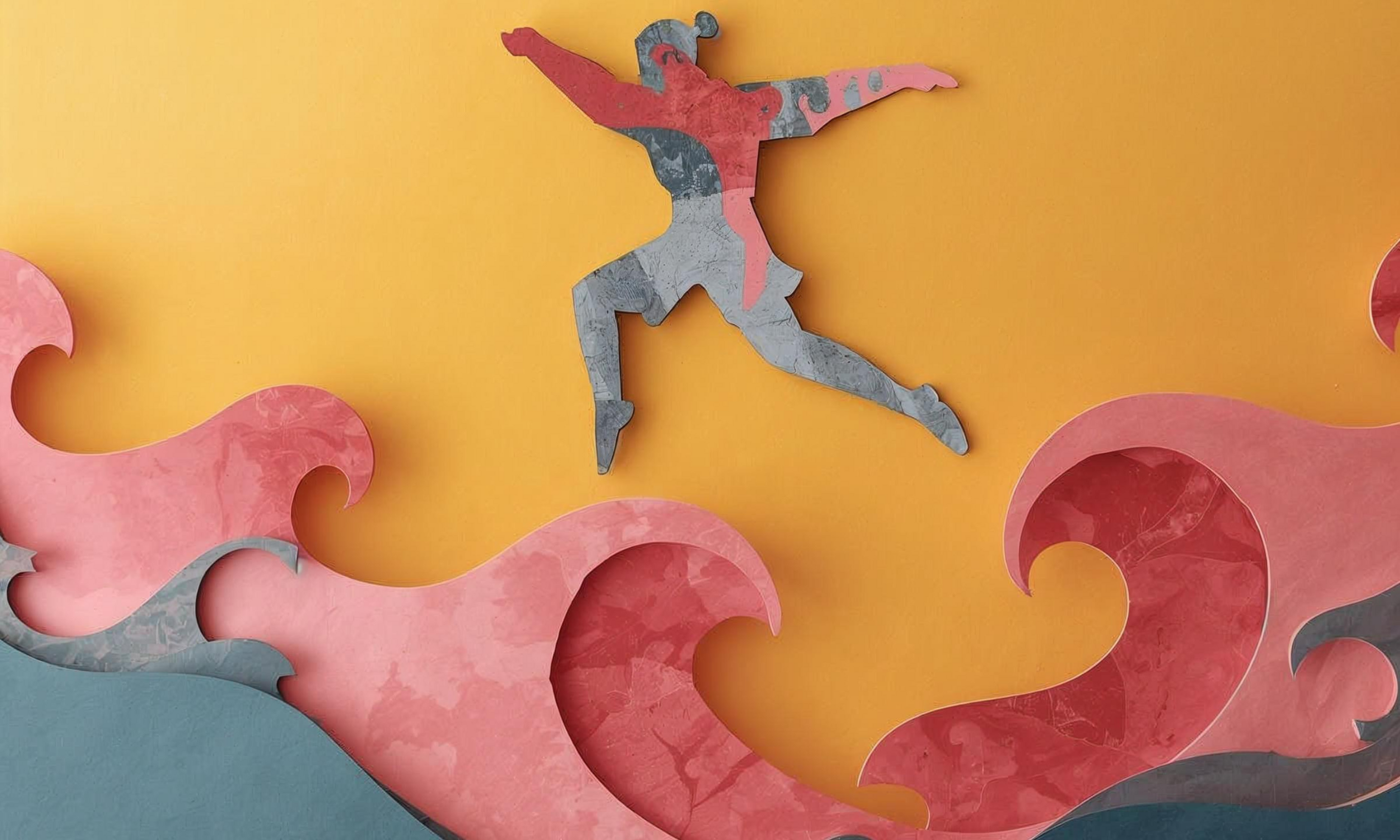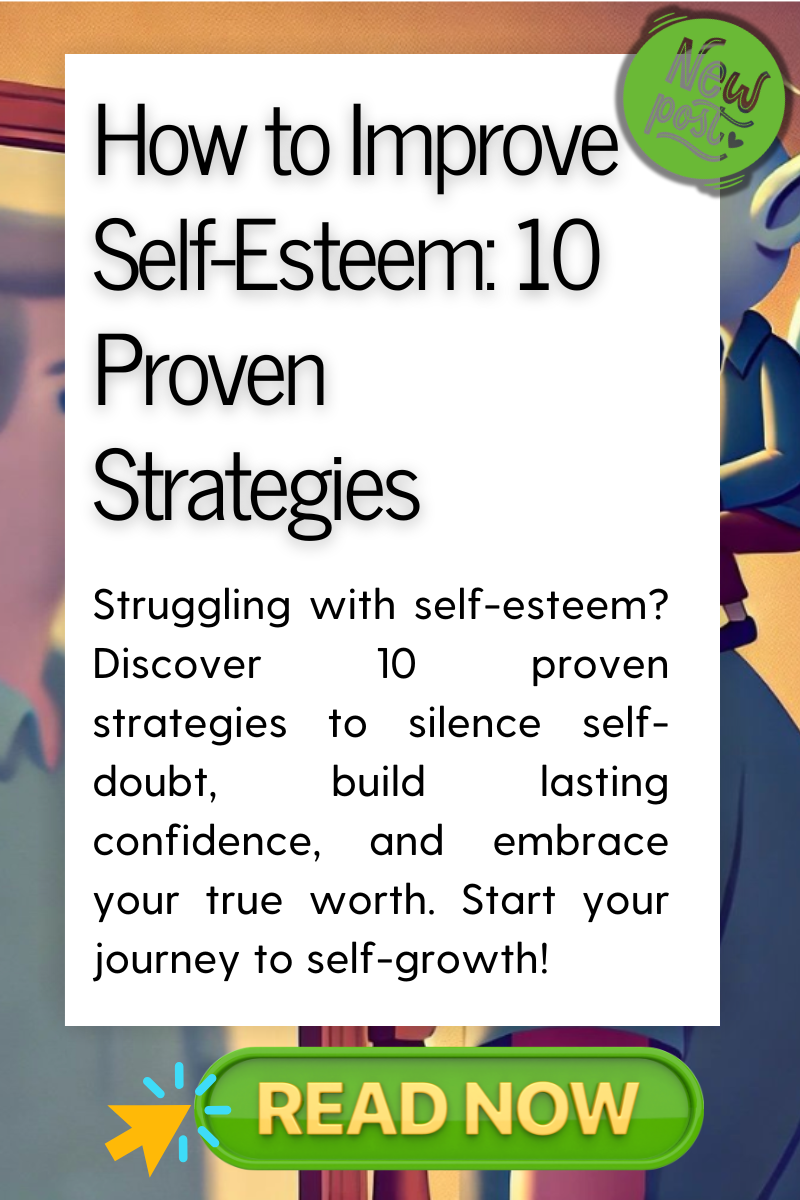Jump in the River: How to Feel Your Feelings and Heal
Most of us have spent years standing at the edge of our emotions—watching, analyzing, and hesitating to step in. We dip our toes, then pull back fast, telling ourselves it’s not the right time or that maybe the feeling will fade.
But feelings don’t vanish. They wait. And learning how to feel your feelings—really feel them—is the first step toward emotional healing, stronger relationships, and a more authentic life.
In Jump In The River, the latest song from BEET, the current becomes a metaphor for emotional experience. The water represents everything we avoid: the sadness we suppress, the anger we justify, the joy we postpone. The song isn’t about danger—it’s about permission.
Feeling deeply isn’t the opposite of control. It’s the beginning of connection.
Jump in the river, don’t wait for a sign.
You won’t drown… you’ll just feel.
And feelin’ is how we heal.
📄 Click here to show full lyrics: “Jump In The River”
You been walking the bank so long, watchin’ that water roll on. You dip your toes, then pull back fast sayin’, “maybe next time… maybe it won’t last.” But the current don’t wait, and the sun don’t beg. It’s your name on the waves and your feet on the edge. Jump in the river, don’t wait for a sign. You won’t drown you’ll just feel. And feelin’ is how we heal. There’s a laugh inside that wants out. There’s a tear you never let down. There’s a beat in your chest, not asking, just dancing — you’re the only one holding you back from landing. Jump in! (We’re all waiting.) Jump in! (The water’s alive.) Jump in! (You’re not late.) Jump in! (You’re just right.) © 2025 Josh Dolin. All rights reserved.
Why Feeling Is an Essential Part of Healing
A lot of people think emotions are optional or inconvenient. They try to manage life through logic, deadlines, and social media highlight reels that only show the positive emotions. But emotions aren’t a flaw in the system; they’re the system itself.
Your emotional self is how your inner world speaks. Ignoring it disconnects you from your most important information source—your body and mind working together.
Think of emotions like weather patterns: they move, shift, and signal change. The negative feelings aren’t bad news; they’re good information. They remind you where attention, rest, or honesty are needed.
When you resist what you feel, you build tension. When you allow it, you regulate it. That’s emotional regulation—the practice of letting emotions move through you instead of managing them into silence.
Step 1: Recognize What You’re Really Feeling
The first step in learning how to feel your feelings is awareness. Most people skip it, moving straight to problem-solving. But awareness creates space.
The Feelings Wheel is a powerful tool for decoding vague moods into specific emotions. Maybe your irritation hides disappointment. Maybe your numbness covers fear. Naming feelings gives shape to your internal experience and keeps you from projecting it onto family members or coworkers.
You can start with small journal prompts like:
What emotion am I avoiding right now?
What does this feeling need from me—attention, action, or rest?
Recognizing emotions doesn’t mean you’ll drown in them. It simply opens the gate for movement.
Step 2: Sit With the Sensations
Once you name a feeling, pause before you analyze it. Sit quietly and notice the physical sensations it brings—a tight chest, a heavy stomach, a lump in your throat.
This mindful observation is an important step in building emotional awareness. When you give attention to your body’s emotional responses, you learn that feelings are physical experiences, not abstract threats.
Take a few deep breaths and focus on your inner world. Let the sensations rise and fall like waves. You might notice intense emotions come and go in under two minutes if you don’t resist them.
Feeling is temporary. Avoidance is what lasts a long way.
Step 3: Let the Current Move You
Emotions are meant to move. Crying, laughing, shaking, or simply exhaling are all forms of emotional expression. When you release energy, your body resets.
Many of us resist because we’ve learned that uncomfortable emotions are a bad thing. We tell ourselves strong feelings are weakness or immaturity. But they’re proof you’re alive.
The good news is that emotions rarely last as long as fear suggests. They cycle. When you allow the current to move, you create space for new feelings—gratitude, relief, calm—to flow in.
Painful feelings become wisdom when we stop labeling them as failure.
Step 4: Find Meaning, Not Fixing
After emotion moves through, the mind wants to interpret it. This is where secondary emotions appear: guilt for feeling angry, shame for feeling sad, embarrassment for needing help.
Pause before assigning judgment. Every emotion has valid reasons for showing up, shaped by past situations and own experience. Instead of asking, “How do I stop feeling this?” ask, “What is this feeling trying to tell me?”
That question transforms discomfort into direction. It’s how emotional intelligence develops—through curiosity, not control.
As Jay Shetty often says, wisdom isn’t avoiding pain; it’s learning from it.
Step 5: Express and Integrate
Feeling emotions is only half the journey. Expression completes it.
Choose healthy ways to express your inner state. Write freely on a piece of paper. Move your body. Create art. Talk to a best friend who can listen without fixing. Or connect with professional members of the mental-health community when feelings feel too heavy to hold alone.
This is the integration phase—turning emotion into growth. When you express feelings honestly, you build stronger relationships and a deeper sense of safety in your own skin.
Remember, emotion is energy in motion. Once released, it becomes creativity, empathy, and clarity.
That’s the most important thing about emotional healing: it turns pain into possibility.
When to Reach for Support
If your emotions ever feel overwhelming, know that help is part of healing. Calling a crisis lifeline or reaching out for therapy doesn’t mean weakness; it’s an act of self-trust.
Even small conversations with family members or friends can shift your emotional state from isolation to connection. Healing takes courage, but you don’t have to do it alone.
You’ll find that sharing hard feelings with safe people shortens their lifespan. Connection regulates emotion faster than silence ever could.
Key Insights: Feeling Is a Good Thing
Here’s the paradox: the very thing we avoid—feeling—is what brings us back to life.
When you step into the river of your emotions, you realize the water isn’t here to drag you under; it’s here to carry you forward.
Every emotional experience you allow becomes an important step toward self-trust. Every honest moment strengthens your authentic self.
You’ll make wise choices when you stop fearing your own depth.
You’ll discover new ways to move through life without hiding behind productivity or perfection.
Feeling doesn’t make you fragile—it makes you whole.
Ready to stop standing on the edge?
If you’ve been waiting for the right time to feel again, this is your sign.
Josh offers coaching sessions that help you reconnect with your authentic self, process difficult emotions, and create healthy patterns for lasting mental health.
FAQ: Learning to Feel Your Feelings
Why is it so hard to feel my feelings?
Because most of us learned to prioritize logic over emotion. Unlearning that takes patience and compassion.
Can feeling my emotions really improve mental health?
Yes. Emotional awareness and regulation reduce stress, strengthen relationships, and improve decision-making.
How do I process big emotions without getting overwhelmed?
Start with initial steps: breathe, name the emotion, and write it down. If needed, reach out for professional support.
What’s the best way to deal with negative emotions?
Acknowledge them without judgment. Every emotion has a purpose—even anger or grief can reveal unmet needs.
How can journaling help?
Writing provides clarity between thought and feeling. One page a day can transform your relationship with yourself.
Still stuck on a specific question?
Bring it to a safe conversation…
Essential Reads for Emotional Awareness and Healing
Emotional Agility – Susan David
Practical guidance for navigating change and uncertainty through emotional awareness.
The Language of Emotions – Karla McLaren
Explains why emotions are your best internal guidance system.
Atlas of the Heart – Brené Brown
Explores how naming emotions creates empathy and connection.
The Wisdom of Your Body – Hillary McBride
Shows how emotional and physical healing are intertwined.
Each reminds us that feeling is not the end of control—it’s the start of freedom.
Reading helps. Guidance accelerates.
Let’s tailor this to your life….
About Josh Dolin: Music. Coaching. Human.
I’m a certified life coach and a musician/songwriter from the indie band BEET — two paths that aren’t as different as they sound.
When I’m coaching, I approach people the way I approach a song. I listen for rhythm, tension, and the moments where something beautiful is hiding under noise. We tune what’s out of key, strip away what doesn’t belong, and build structure around what feels true.
Every person has their own tempo — their own mix of movement and stillness. When life feels off, it’s usually because you’ve lost your beat. Coaching helps you find it again — not by forcing change, but by creating harmony between what you think, what you feel, and what you do.
Whether you’re in transition, rebuilding confidence, or simply ready to stop standing on the edge and move with the current, this work is about finding your flow — the rhythm that feels like you.
If Jump In The River resonated with you, maybe this is your cue to dive deeper. Let’s start by talking.
Click below to schedule a free 15-minute clarity conversation.























